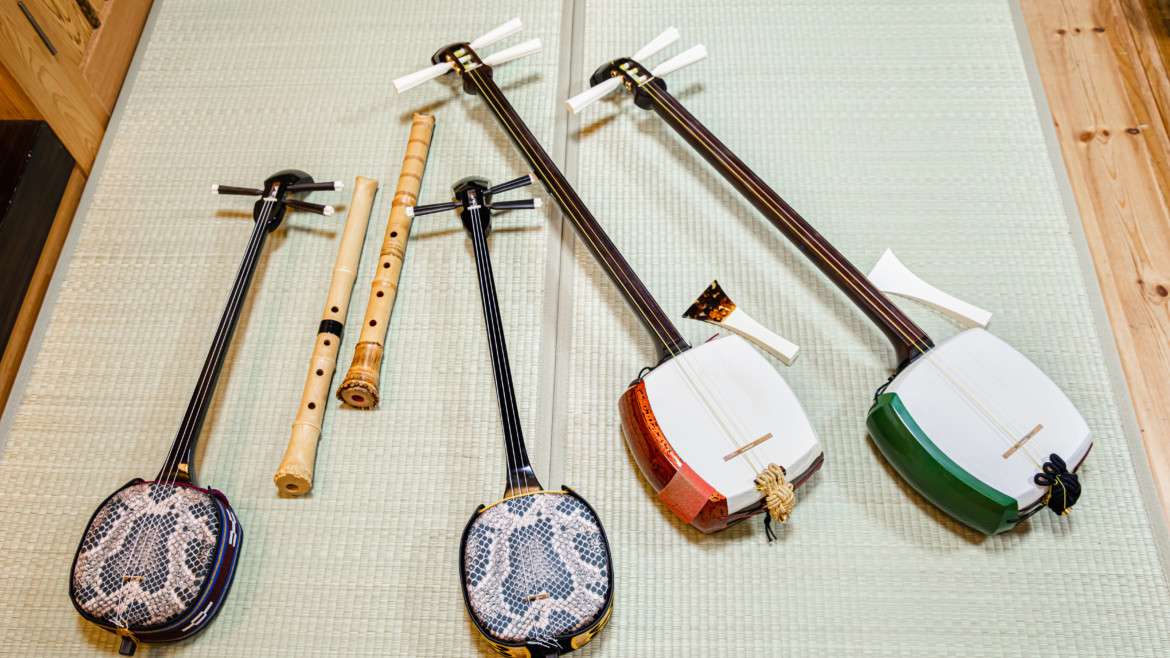
With the 'umbrella' style, four beams radiate out from a central post.The system allows the irregular placement of posts and, therefore, allows flexibility in the plan. This form of structure originated in townhouses of the Edo period. The 'ladder' has post and beam units connected with larger beams including beams that are closer to the foundation level.This latter method is often found in minka on the island of Shikoku. The beam can be fixed to the top of the post either by resting upon it or via a mortise and tenon joint. The 'inverted U' consists of two vertical posts fixed at the top with a horizontal beam these units can then be joined with side girders.ĭespite the wide variety of minka, there are eight basic forms: Minka are divided up with primary posts that form the basic framework and bear the structural load of the building secondary posts are arranged to suit the functional arrangements of the plan. Unlike other forms of Japanese architecture (such as those of the sukiya ( 数寄屋) style), it is the structure rather than the plan that is of primary importance to the minka. They generally fall into one of four classifications: farmhouses nōka ( 農家) town houses machiya ( 町屋), fishermen's dwellings gyoka ( 漁家) and mountain dwellings sanka ( 山家).

Minka come in a wide range of styles and sizes, largely as a result of differing geographic and climatic conditions as well as the lifestyle of the inhabitants. Looking around a preserved old minka in Tokyo It covers houses that accommodated a wide variety of people from farmers to village headmen, merchants and low level samurai. The term minka literally means houses of the people. Types Gasshō -style roof Gasshō-zukuri under repair Minka developed through history with distinctive styles emerging in the Edo period. Minka are characterized by their basic structure, their roof structure, and their roof shape. This connotation no longer exists in the modern Japanese language, and any traditional Japanese-style residence of appropriate age could be referred to as Minka. In the context of the four divisions of society, Minka were the dwellings of farmers, artisans, and merchants (i.e., the three non- samurai castes). "house of the people") are vernacular houses constructed in any one of several traditional Japanese building styles. A gasshō-zukuri -styled minka home in Shirakawa village, Gifu Prefecture

For other uses, see Minka (disambiguation).


 0 kommentar(er)
0 kommentar(er)
